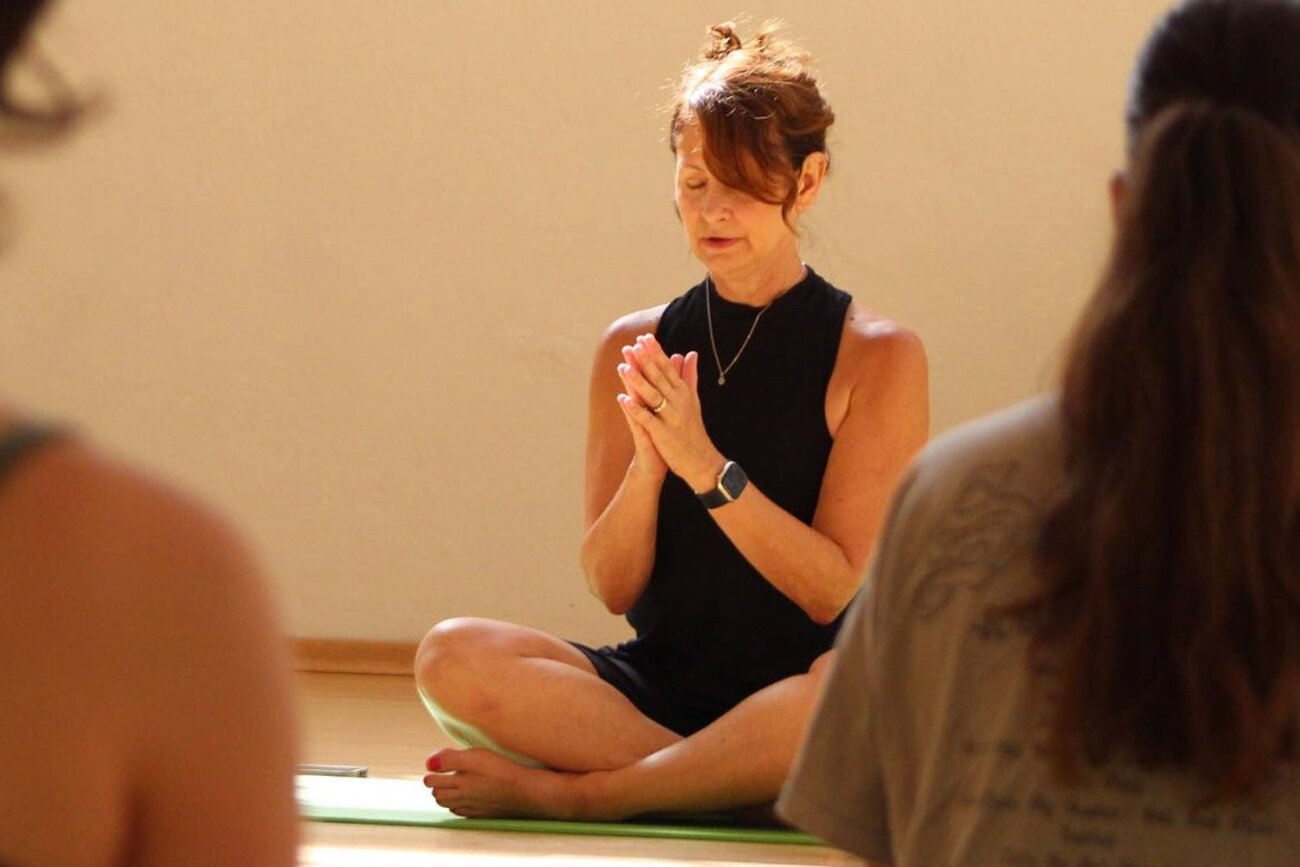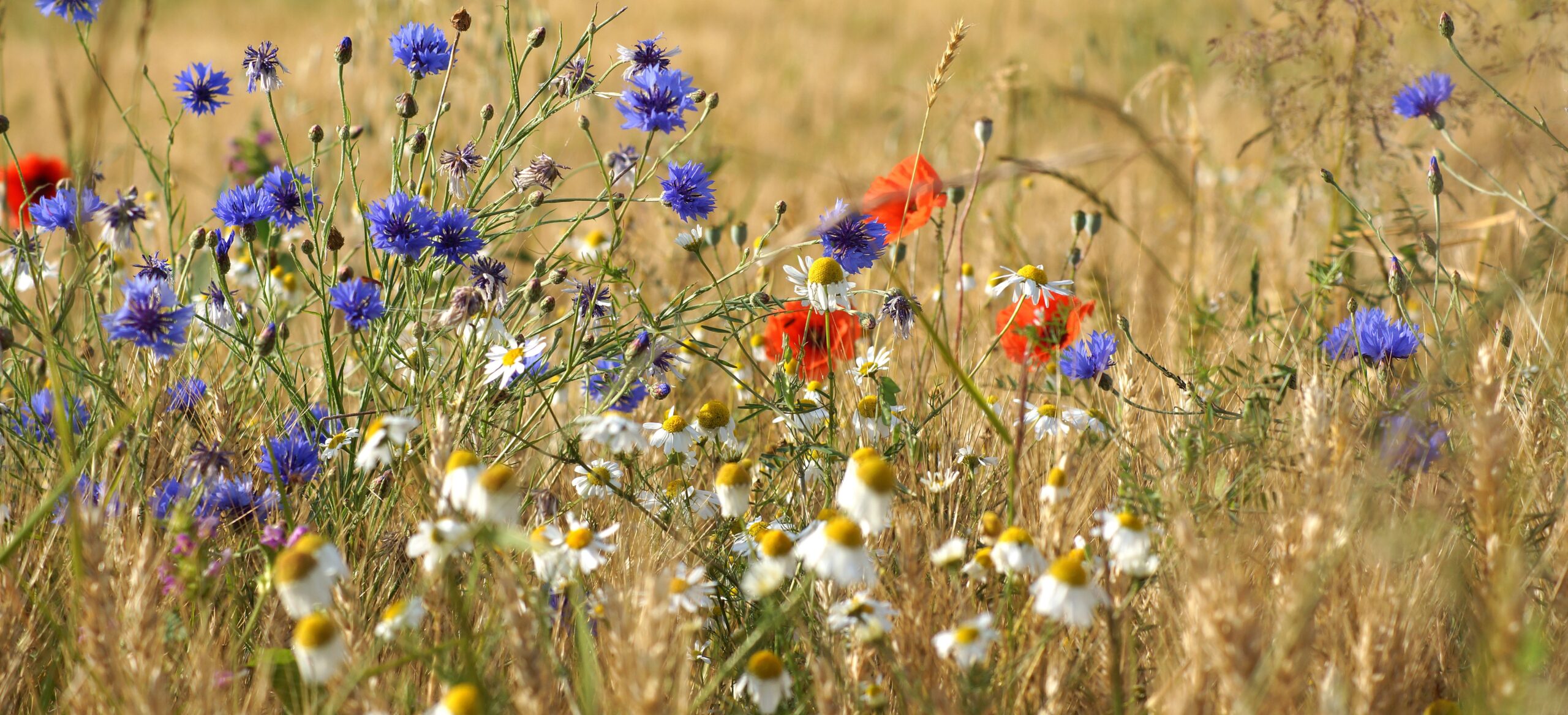I’ve met with choreographer Elizabeth Shea in a typically crowded Italian cafeteria. While all the world was moving around us producing a musicality of people and summer sounds, we engaged in a discussion about the current world of dance, dance making and its connection with somatic practices. I was very happy to have some snippet insights into the writing process of Elizabeth’s Shea book on dance practice.
Reviewed as “a remarkable contemporary dance display”, Elizabeth Shea’s choreography has been produced by John F. Kennedy Center for the Performing Arts and presented at numerous festivals and major cities across the USA, as well as in Australia, Jerusalem, Tel Aviv, and China. Liz won Sharp Dance Company’s inaugural choreography competition and has been a guest artist for many professional companies and universities, most recently Eisenhower Dance and as a collaborator with NYC-based Stefanie Nelson Dance Group. Liz was honored to present the site-specific work Ascension at the Eskenazi Museum of Art this fall to over 1, 000 people; she also creates extensively in new media and film, screening her work at film festivals internationally. Awards include Best Choreography for the Lens, Best Dance Film, and Best Ensemble.
Liz teaches her self-developed somatic system, SomaLab®, yogic practices, and choreographic methods and mentorship at workshops in the USA and abroad, most recently at the Royal Academy of Dance in London, and Dance Italia, in Lucca, Italy. A Registered Yoga Teacher (E-RYT 200 and RYT 500), Liz serves as Director of Contemporary Dance at Indiana University.

Julia Sima: Let’s dive into your world of dance. Why dance?
Elizabeth Shea: I always danced. My earliest memories were in my mother’s house. Full on Isadora Duncan. I always moved. There is nothing in the world that makes me feel the way dance does.
In college I discovered the world of modern dance. The Universe put me in the right place. My earlier studies were in Limón technique where I explored this potential for evolution. I love other forms of movement too, swimming, yoga, and walking… And I do really believe that dance is not a language, I feel that dance is this direct form of communicating, which does not go to a symbolistic form. It really speaks to our humanity in a direct form. Dance is all that we all want to do. We all want to express ourselves.
Dance is deeply embedded in us but so many people are very far away from it. Why do you think we live in this society where dance seems inaccessible for so many of us?
This society is a society where cognition is privileged over the embodied form of knowledge. So, embodiment is not valued. And in my opinion, the USA is a difficult place for art. Folks would be happier worldwide with a recognition of body-mind.
You are now in the process of writing a book. What is its core idea?
My core idea is that our nervous system is flexible. I discuss the flexibility of the nervous system and how we can develop it to reach our embodied experience. I present a system that I developed to get to the heart of conveying embodied knowledge. It is a framework. Is not a specific “do this, do that”, but it’s an “understanding”. From this understanding we find a way to build our own practice that follows the path of the nervous system. The book is about the plasticity or the flexibility of the nervous system and how we can develop it to reach our embodied experience.
A lot of dancers are focused on form. And there is nothing wrong with form, I would say “form” is not a dirty word, but form is also language, made of symbols. As all languages, some of the symbols speak to people, but there is also something even more basic than that: the way our nervous system embraces knowledge, perception, which is followed by expression. My book is about the idea that we don’t need a privilege of one form above the other, there is room for all kinds of modes of human expression and movement expression.
Do you think that if many more people would get in touch with this practice and knowledge, we can then live in a society where we can all be dancers?
Yes! Because everyone is a dancer and it is interesting to be around people who live in societies where movement and dance is part of everyday life. One can see the outlook; the approach is so much… bigger. Right? More encompassing, less narrow. It just follows the natural, organic nature of the body-mind. And is not my phrase, it comes from the translation of a Yoga text. This idea of the body-mind wholeness comes from my mentor. That idea of non-separation helps us to still down…
How do you transfer this knowledge and your own philosophy of dance into your choreography?
For me it’s really basic. It really has to have to do with “trust”. Trusting the embodied knowledge that I have, that my movement and my collaborators have. It’s not so cognitively thinking “what I want to do”, it’s more about trust and where does the body want to go. Can I trust that knowledge resided in the body, that intelligence and use that trust as a basis for developing movement, for developing a narrative?
Tell me more about your process of creation…
Of course, I come into the studio with an idea. And a lot of my ideas have to come from experience. I have to trust my own experience in bringing a personal experience into the work. For me, that’s the matter – “dance making” is to trust that (personal) knowledge as opposed to “figuration”. And then of course, there is also craft involved and how we have that trust and how we develop that environment, that stage, that world. From trusting the knowledge we craft and then how we use our tools.
Have you ever had transcendental experiences while dancing?
For me… performing is like a church. Something interesting that I found is moving less from the physical, and getting more equanimity in the spiritual body. Sometimes Yoga gives me the same, but when I dance, (the experience) is just right there.
If you would have to choose between doing dance movies and doing dance shows, what do you prefer more? What do you like the most?
I would say I prefer “the stage” for sure. I love making films, but I love being more in the studio with other people. When making movies, we are less in the studio, being on the site, filming, and it’s a different experience than being in the studio and discovering together. It’s the process that is so important. I also love working with my students – it is the highlight of any year. I love watching them grow and I love watching their new ideas while the field of dance takes shape.
I feel that we are in a moment when in the field of dance, change is happening. And it is a good change. I know that our students will be at the forefront of equity. In the old days dancers were trained to do as they’re told and not take care of themselves. And I feel that this new generation. Is saying “no, that’s not the quality of life I choose”. I think they are really brave; I think they will make a change.
From your experience, would you say that there is a difference between how modern and contemporary dance are being done in the USA, Europe and other places?
I think all dance is reflective of culture. We have very specific experiences in the United States, we have the horrific history of slavery in our country, we have a broad immigrant population; because we live in a democratic capitalistic society, we have grouse inequities between people so that reflects itself in dance and in art. But turning all that on its head, we have this great range of diversity in our country, so when I watch what is happening in our field in the US, it’s also very exciting. Especially when we lift up all voices to honor our field. Of course, I know less about other communities and cultures. I am always very happy to see in the European communities that there is good government support then others. That’s nice to see, so all around the world, dance is reflective of the culture, of the government, of the people and it’s very interesting.
Can dance be considered a form of resistance to Capitalism or a way to build healthier societies?
I think that dance can serve us as a form of protest. It’s my hope that our global communities of dance would draw tighter together, like a thread, instead of being spaced apart, pull a little tighter. Can we all come together? And at the same time, difference is not bad, difference is good, we have to honor not tolerate differences between people and cultures all over the world.
What changed in the way you see dance, during your career?
I think we all have something to offer, at different places in our life and as part of growing older as a performing artist is first of all hard, because we live in this youth-based society and art form.
Just recognize, know what you have to offer, loving yourself as you move forward, loving all new versions of yourself.
